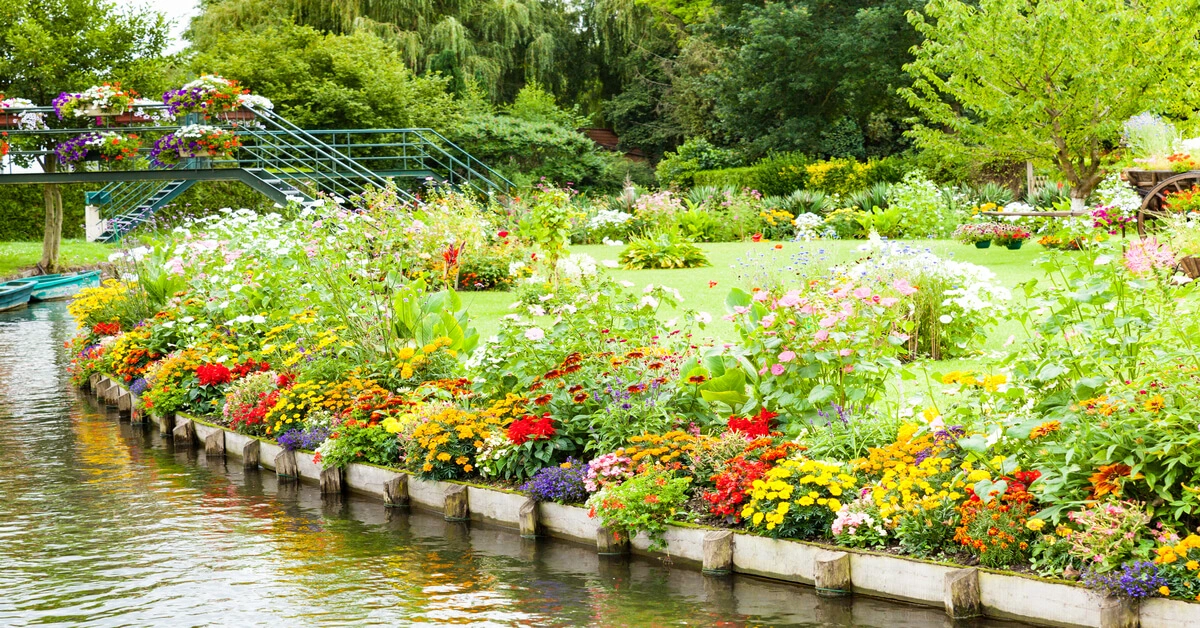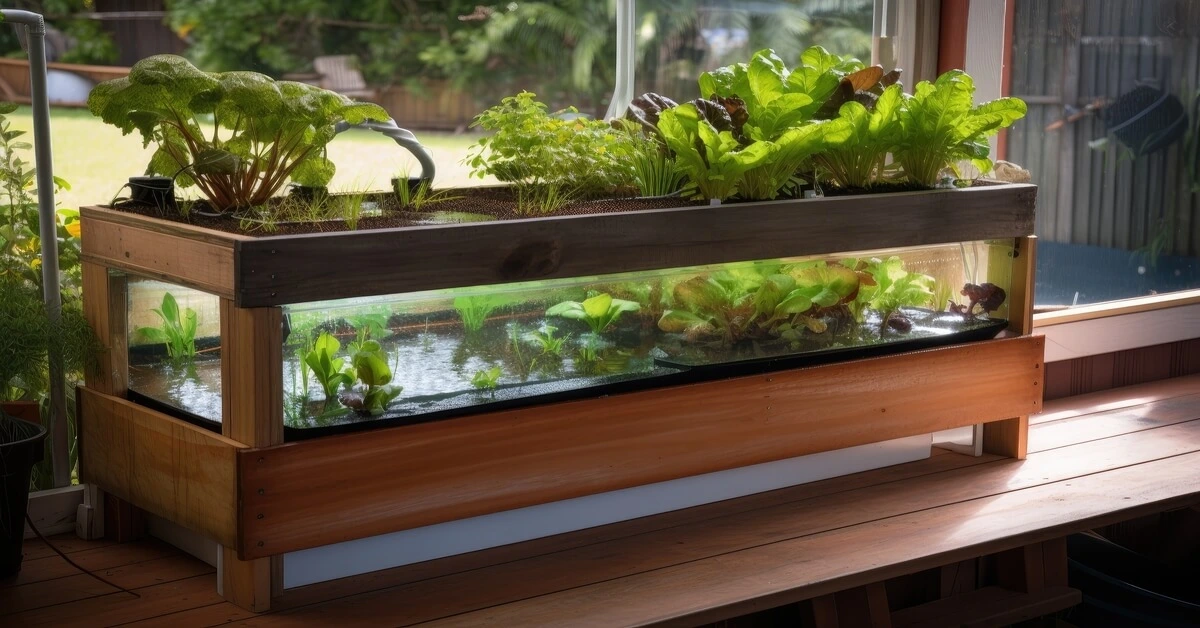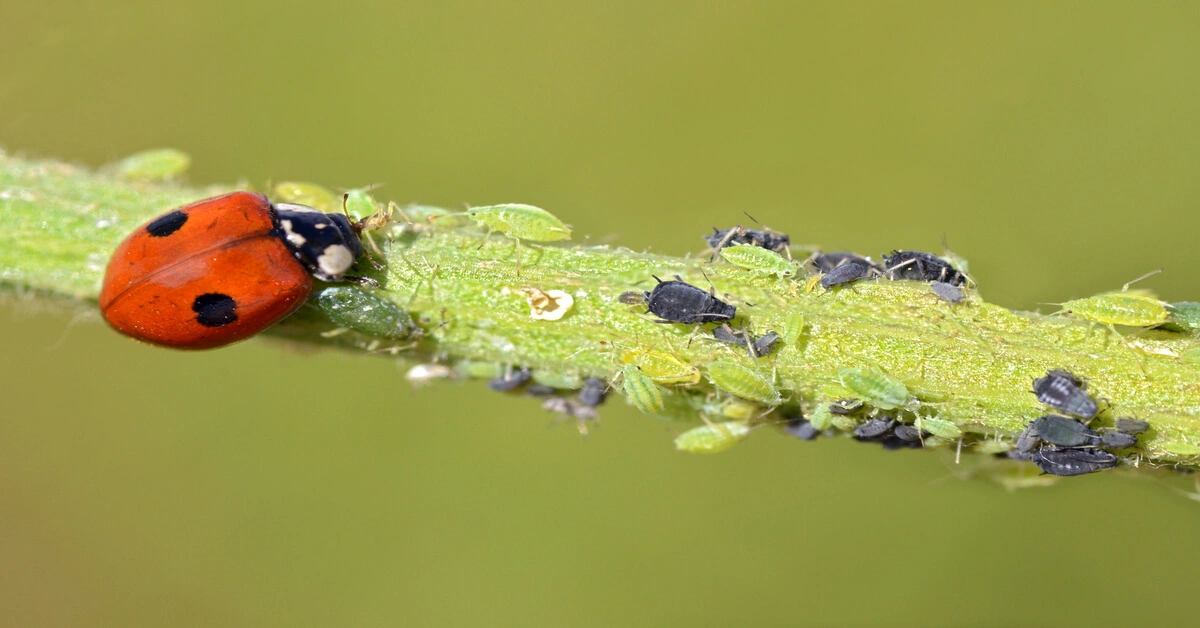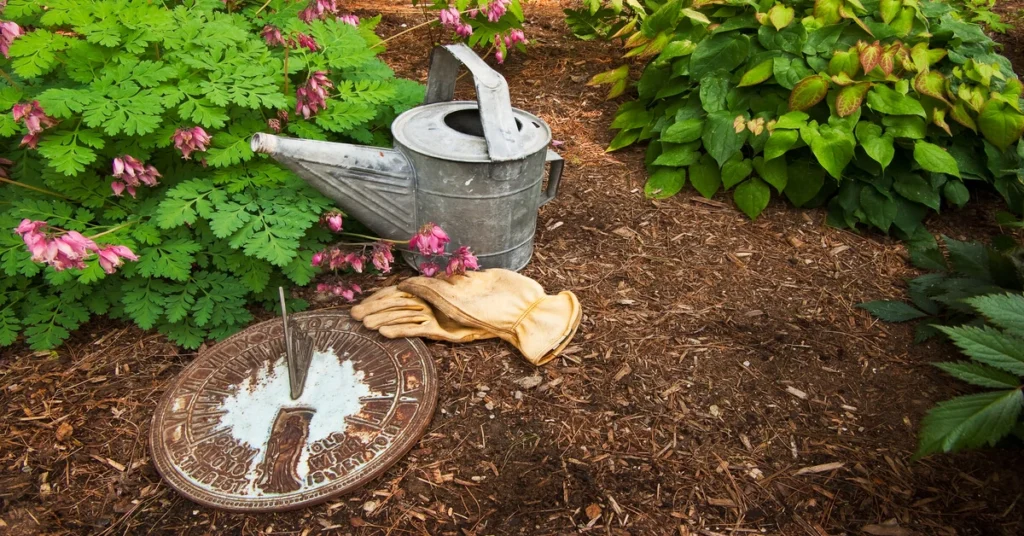Gardeners and farmers have devised ingenious techniques to cultivate the land for millennia. Some of these ancient methods are still effective and relevant to our modern organic gardening practices. Let’s delve into ten of these ancient gardening techniques.
1. Terracing

Steep slopes have always posed a challenge in farming. Ancient cultures solved this problem with terracing, transforming slopes into ‘steps.’ This helps control runoff, prevent soil erosion, and make planting and harvesting easier. Consider creating raised beds on a hillside for effective water management and soil erosion control in your garden.
2. Companion Planting
Companion planting is an ancient technique that involves planting certain plants together for mutual benefit. The ‘Three Sisters’ method, practiced by Native Americans, involves planting maize, beans, and squash together. Maize provides a structure for beans to climb and adds nitrogen to the soil, and squash acts as a natural weed suppressant.
3. No-till Farming
In contrast to mechanized farming, ancient farmers often practiced no-till farming to maintain soil structure and fertility. This approach, which avoids turning the soil between seasons, promotes soil life and helps preserve the organic material in the topsoil.
4. Crop Rotation
Crop rotation is an ancient practice that helps maintain soil fertility and reduce pest and disease problems. It involves changing the type of crops grown in a particular area from season to season. The main aim is to balance the nutrient levels in the soil.
5. Chinampas

Chinampas, or ‘floating gardens,’ were an ingenious farming technique used by the Aztecs. They were plots of land on shallow lake beds. The Aztecs would pile up mud, decaying vegetation, and other organic matter to create fertile islands for growing crops. This method is an excellent example of effective water and nutrient management.
6. Raised Bed Gardening
In ancient times, raised bed gardening was a popular way to grow crops in waterlogged or poor soil conditions. Creating a higher platform for plants allows better control over soil quality and improves drainage.
7. Use of Biochar

Biochar is a type of charcoal that improves soil fertility and structure. Used in ancient Amazonian cultures to create ‘Terra Preta,’ or ‘black earth.’ Adding biochar to your compost pile can increase nutrient levels and beneficial bacteria.
8. Permaculture
The term “permaculture” is relatively modern, but its principles are ancient. It combines various farming techniques to create a sustainable and self-sufficient ecosystem. It includes creating a microclimate, companion planting, and incorporating animals for a natural pest control method.
9. Vermiculture
The use of worms for decomposition is an ancient technique that adds nutrients to the soil. It allows for richer soil by breaking down organic material, thus improving soil fertility and crop yield.
10. Hügelkultur
Hügelkultur, a German word for “hill culture,” is a practice that involves creating a mound or hill filled with organic material like logs, branches, and compost. Then, cover the pile with topsoil. As the organic matter breaks down, it enriches the soil, providing a nutrient-rich environment for plant growth. This method also helps with water retention, reducing the need for regular irrigation.
11. Forest Gardening
Forest gardening, also known as food forests or edible permaculture, is one of the world’s oldest forms of gardening. This method mimics a woodland ecosystem but substitutes for edible trees, shrubs, perennials, and annuals. It is a low-maintenance, sustainable, plant-based food production system.
12. Aquaponics

Aquaponics is an ancient sustainable method of farming used by civilizations like the Aztecs and ancient Chinese. It combines aquaculture (raising fish) and hydroponics (growing plants in water) in a symbiotic environment. The fish waste provides an organic food source for the plants, and the plants naturally filter the water for the fish.
13. Intensive Cropping
Used in high-population areas like ancient China and Japan, this method involves growing crops on every available piece of land, whether a small plot or a tiny container. This approach maximizes yield from small spaces and could be considered an early form of square-foot gardening.
14. Natural Pest Control

Ancient farmers didn’t have access to chemical pesticides. Instead, they used beneficial insects, such as ladybugs and plants that repel pests. This natural pest control method is still relevant and widely used in organic gardening today.
Conclusion
As we seek sustainable and eco-friendly gardening techniques, turning to the past can provide us with time-tested methods. These ancient techniques, whether terracing, companion planting, or natural pest control, can be a great addition to any garden.

